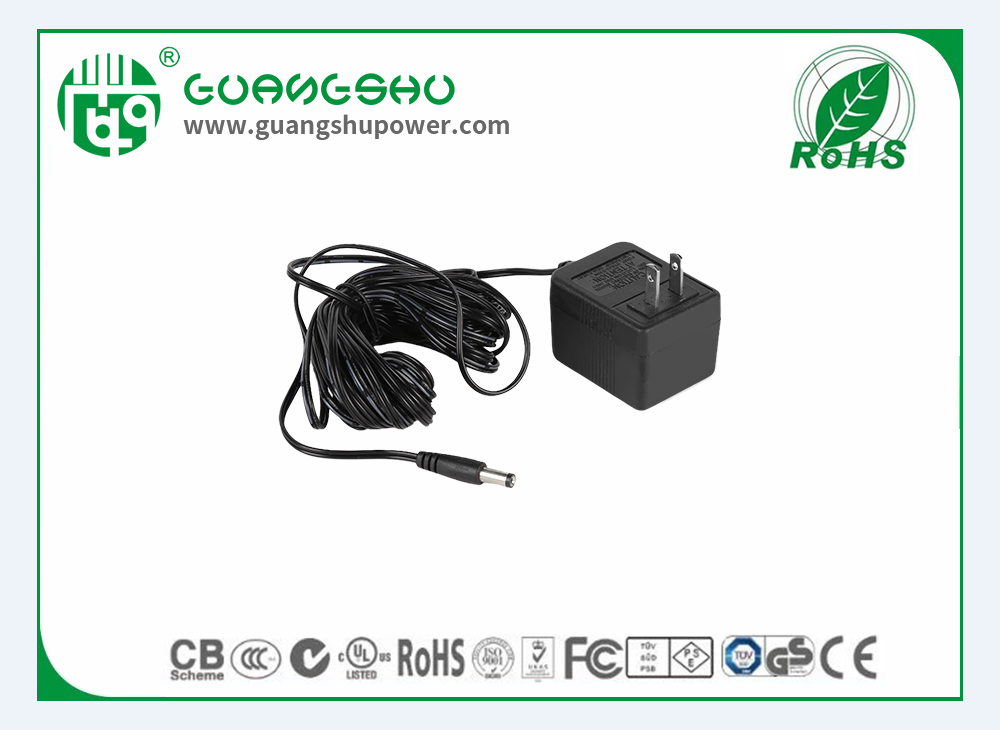Time:2025-07-21 Views:0

Linear adapters, known for their stable output voltage and low ripple characteristics, play a crucial role when paired with UPS (Uninterruptible Power Supply) systems. The primary function of this combination is to ensure a continuous and clean power supply to sensitive electronic devices, especially during power outages or fluctuations.
When the mains power is normal, the linear adapter converts the alternating current (AC) from the grid into a steady direct current (DC) suitable for the connected equipment. Simultaneously, the UPS charges its internal battery, storing energy for emergency use. The linear adapter’s ability to minimize harmonic distortion is vital here, as it prevents interference from affecting both the UPS’s charging efficiency and the connected devices’ performance.
During a power failure, the UPS seamlessly switches to battery power, maintaining the supply to the linear adapter. The adapter then continues to regulate the DC output, ensuring devices like medical equipment, servers, or communication devices remain operational without interruption. The low noise output of linear adapters is particularly beneficial in such scenarios, as it avoids disrupting sensitive circuits that might be damaged by voltage spikes or irregularities from less stable power sources.
Moreover, the combination enhances system reliability. Linear adapters have fewer moving parts compared to switching adapters, reducing the risk of failure during critical operations. The UPS, in turn, protects the linear adapter from sudden voltage surges or drops, extending its lifespan. This synergy ensures not only uninterrupted operation but also safeguards equipment from potential damage caused by power anomalies, making the pairing indispensable in environments where power stability is paramount.
Read recommendations:
33W Chinese Standard Switching power supply